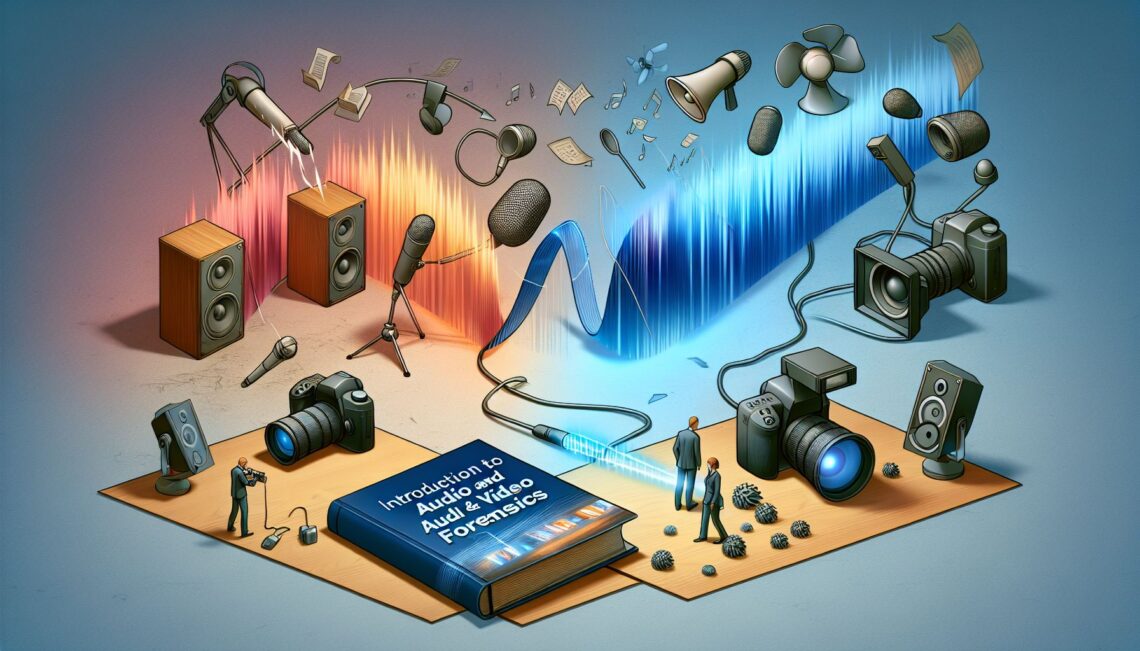
Unraveling Audio and Video Forensics: An Introduction
Have you ever watched a crime show or a thriller movie and marveled at how the investigators were able to enhance grainy video footage or decipher a distorted audio recording to uncover crucial evidence? Welcome to the realm of audio and video forensics, a captivating field where technology meets detective work.
What is Audio and Video Forensics?
Audio and video forensics involve the scientific analysis and enhancement of recorded evidence for investigative purposes. This specialized branch of forensic science utilizes a variety of tools and techniques to clarify and authenticate audio and video recordings, ultimately assisting law enforcement agencies, legal professionals, and other entities in interpreting crucial evidence.
The Importance of Audio and Video Forensics
In a world inundated with digital recordings, the need for accurate analysis and authentication of audio and video evidence has never been greater. Audio and video forensics play a vital role in criminal investigations, legal proceedings, and even in the entertainment industry. From deciphering obscured license plate numbers in surveillance footage to clarifying garbled audio in wiretap recordings, the applications of audio and video forensics are diverse and far-reaching.
Tools and Techniques in Audio and Video Forensics
One of the key tools in the arsenal of audio and video forensic experts is audio and video enhancement software. These specialized programs allow analysts to remove background noise, enhance speech intelligibility, and clarify distorted images, helping to uncover vital details that may have been previously indiscernible.
In addition to enhancement software, audio and video forensic experts also utilize spectrograms, which provide a visual representation of sound frequencies over time. By closely examining spectrograms, analysts can identify anomalies in audio recordings and extract hidden information that may be crucial to an investigation.
Challenges in Audio and Video Forensics
Despite the advancements in audio and video enhancement technology, forensic analysts face numerous challenges in their line of work. Low-quality recordings, background noise, encryption, and attempts at tampering can all hinder the process of clarifying and authenticating audio and video evidence.
Furthermore, the proliferation of deepfake technology poses a significant threat to audio and video forensics, as manipulated media can be challenging to detect without the use of specialized forensic techniques. To combat this growing threat, forensic experts must stay ahead of the curve by continually updating their skills and tools.
Conclusion
In conclusion, audio and video forensics play a crucial role in uncovering the truth in a variety of investigative scenarios. By leveraging cutting-edge technology and scientific techniques, forensic experts can enhance and authenticate audio and video recordings, ultimately aiding in the pursuit of justice.
Whether it’s aiding in a criminal investigation or clarifying evidence in a legal dispute, audio and video forensics are invaluable tools that continue to shape the field of forensic science. As the digital landscape evolves, so too must the methodologies and techniques utilized by audio and video forensic experts to ensure that justice is served and the truth is upheld.




